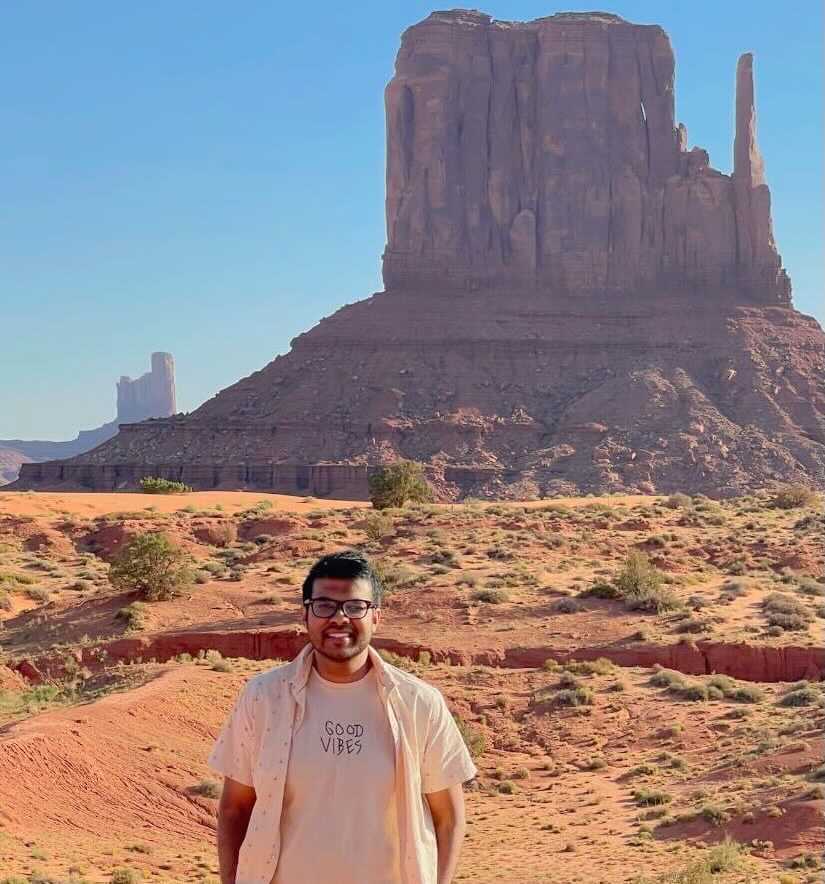Publications
Computationally Efficient Active Learning of Gaussian Graphical Models
Accepted at Asilomar Conference on Signals, Systems, and Computers, 2024.
Abrar Zahin, Gautam Dasarathy
The graphical model selection problem is vital in various applications and has garnered significant attention in recent years. In many applications traditional approaches face significant limitations as acquiring a large number of samples from the entire system concurrently often proves to be prohibitively expensive. For instance, in sensor networks, this requires expensive synchronization procedures across the sensors. In proteomics, it requires simultaneous tagging of a large number of proteins. While recent approaches have been proposed for efficiently and adaptively acquiring samples to overcome these difficulties, they suffer from prohibitive computational costs. Our paper introduces a novel algorithm that combines adaptive sample acquisition with a method based on a multiplicative weights update based meta-algorithm. We show that our algorithm enjoys significantly better computational efficiency while also being efficient in sample acquisition.
Publication Link: Here
Rapid Change Localization in Dynamic Graphical Models
Accepted at IEEE International Conference on Acoustics, Speech and Signal Processing (ICASSP), 2024.
Abrar Zahin, Weizhi Li, Gautam Dasarathy
In this paper, we consider the problem of change localization in the Gaussian graphical model, where it is known that a change has occurred in the underlying graph structure, and the goal is to localize the change rapidly. This paradigm occurs in various applications, from cyberphysical systems and biological networks to social networks and epidemiology. We introduce a novel algorithm, dubbed FOLk-DGM (Fast Online Localization in Dynamic Graphical Models), that is both computationally efficient and performs change localization with provably low latency (time elapsed before the change is localized). We present the theoretical properties of the algorithm and complement our theoretical results with experimental results.
Publication Link: Here
Robust Model Selection of Gaussian Graphical Models
Posted on ArXiv.
Abrar Zahin, Rajasekhar Anguluri, Oliver Kosut, Lalitha Sankar, Gautam Dasarathy
In this paper, we consider the problem of learning the structure of non tree-strucutured Gaussian graphical models when the observations are corrupted by independent but non-identically distributed noise and devised a novel algorithm that can provably learn the partial strucutre of this more general family of graphs when the generated samples are corrupted by additive noise. The algorithmic techniques introduced here could be of general interest, especially to model selection in latent variable models.
Publication Link: Here
Sensor-based human activity recognition for smart healthcare: A semi-supervised machine learning
Published in International conference on artificial intelligence for communications and networks, 2019
Abrar Zahin, Le Thanh Tan, Rose Qingyang Hu
In this paper, we developed a semi-supervised classifier for time series human actions using convolutional variational autoencoder. The proposed classifier can be implemented in various wearable user modules to detect a fall event promptly and notify a caregiver.
Publication Link: Here
A machine learning based framework for the smart healthcare system
Published in Intermountain Engineering, Technology and Computing, 2020
Abrar Zahin, Rose Qingyang Hu
In this paper, we developed an energy-efficient framework for detecting \textit{fall actions} from surveillance videos by leveraging the concepts of compressive video sensing and denoising autoencoder. The proposed framework can be adopted in any IoT-based smart healthcare monitoring.
Publication Link: Here
